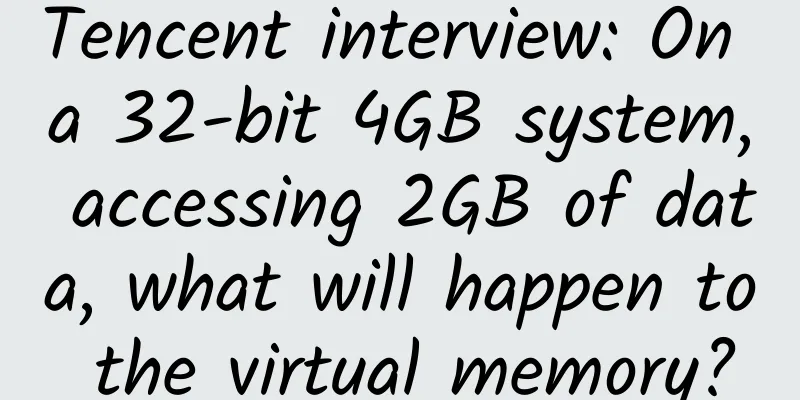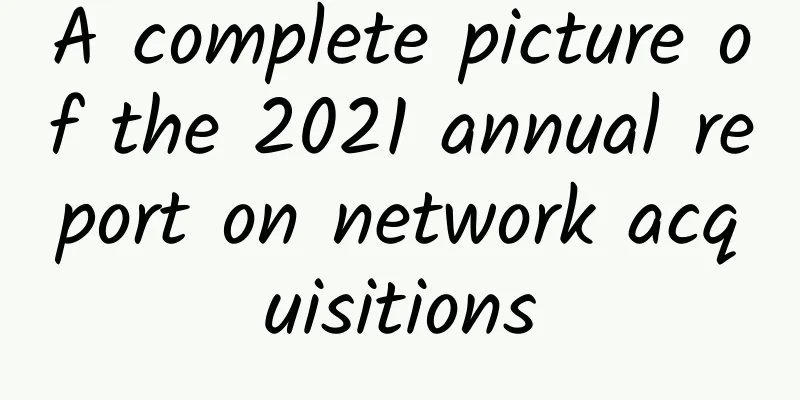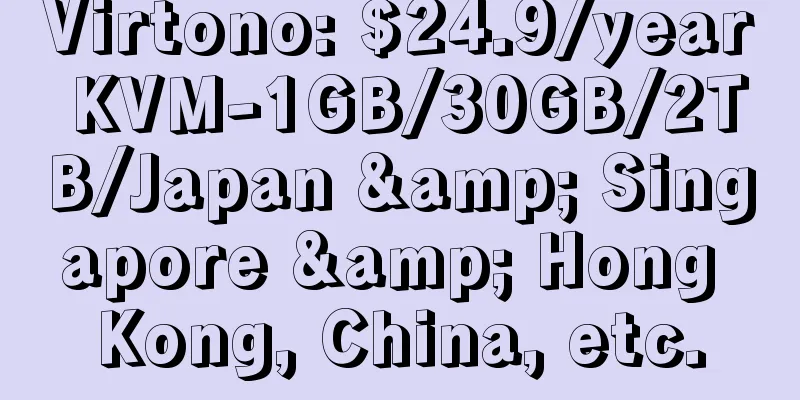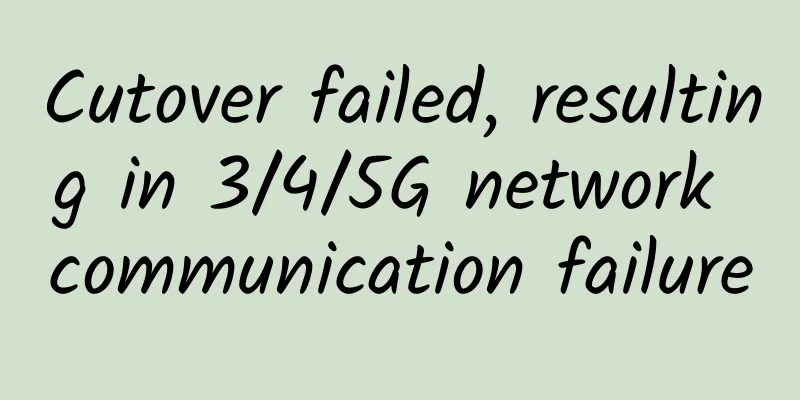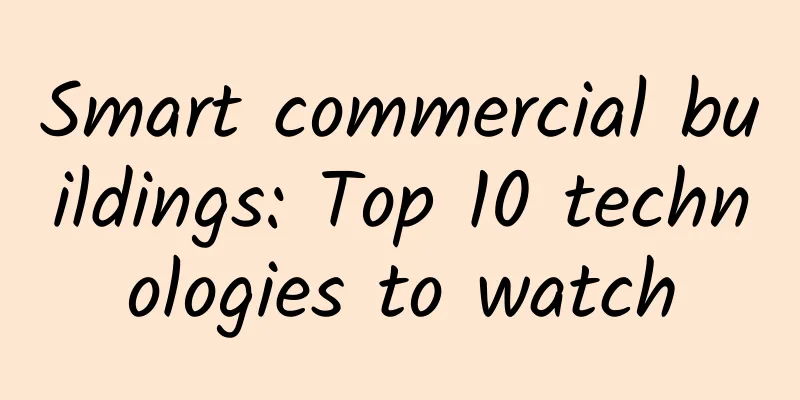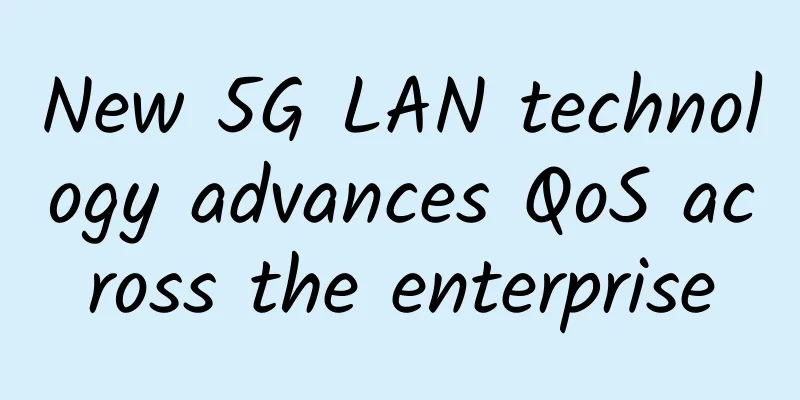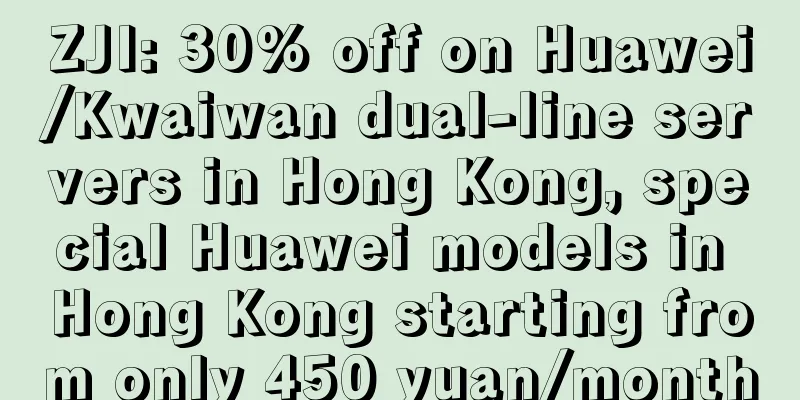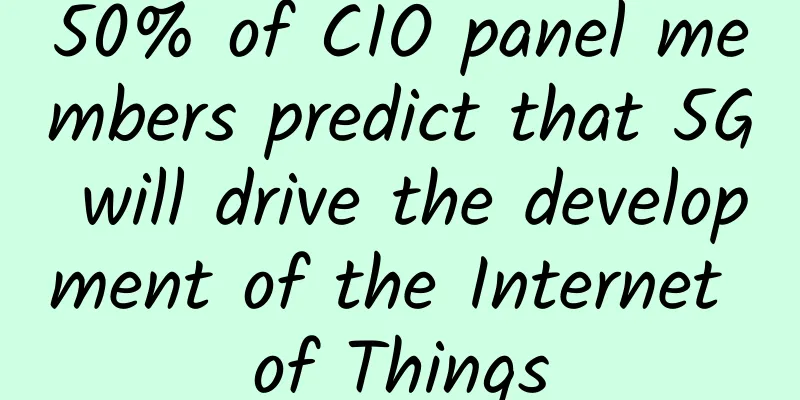After three years of cooperation, Huawei and Beijing Ruicheng Times have created a new name card for smart cities
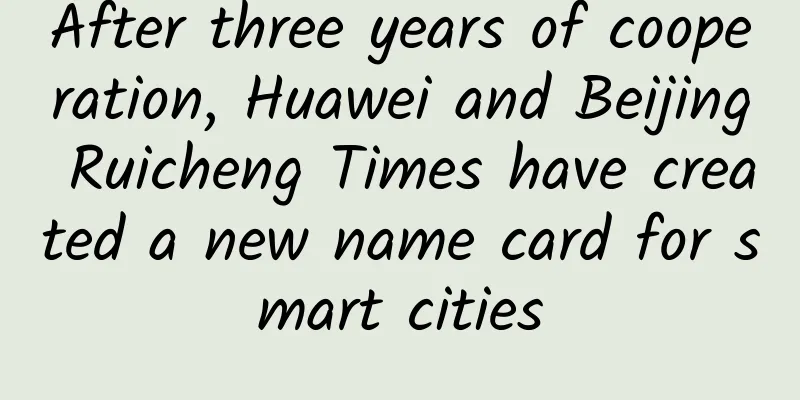
|
[51CTO.com original article] As soon as I walked into the conference room, I looked up and saw a familiar panoramic view of a smart city on the large LED screen on the opposite wall. I have seen it many times in the smart exhibition halls of many cities. This is the result of a joint development by Huawei and Beijing Ruicheng Times Information Technology Co., Ltd. (hereinafter referred to as "Ruicheng Times"), which has been used in the systems of more than ten smart cities in China. Wang Jiankang, general manager of Ruicheng Times, told reporters that Ruicheng Times was founded in 2008 and independently developed a holographic management platform. At that time, it mainly wanted to solve the problem of information comprehension efficiency, so that people can understand big data in seconds through visual pages. The so-called "instant understanding" is actually easier said than done. The key lies in allowing different roles to see the data they want to see and let them understand the data instantly, which relies on a deep understanding of industry characteristics and business. In Wang Jiankang's view, "good data presentation does not need explanation." The reason why he wants to achieve "instant understanding" is that after managers understand the data in seconds, they can promptly discover problems, hidden dangers, and trends, allowing managers to adjust management ideas, processes, and methods in a more timely manner. "This is how new technologies assist urban governance." He told reporters that more and more AI intermediate results require human participation and collaboration to guide the direction of AI intelligence. This is a new application of human-machine collaboration brought about by instant understanding of density and frequency.
Ruicheng Times's product concept of "understanding big data in seconds" has won recognition from customers and has achieved very good results in traditional fields such as petroleum, chemical industry, and coal. In recent years, Ruicheng Times is no longer satisfied with traditional fields and has begun to try digital transformation. Huawei saw the value of Ruicheng Times' holographic management platform in the construction of smart cities, so the two sides started in-depth cooperation, which has lasted for more than three years. Working together to equip cities with smart brains "One of the key areas we are working on with Huawei is the brain of the smart city, the Smart City Operations Center (IOC). It will connect the information systems of dozens of independent vertical industries in the past, such as various commissions and bureaus, horizontally, break down information silos, and realize the circulation and sharing of data, thereby achieving intelligent management and decision-making." Wang Jiankang explained that the construction of the smart city brain is a major project, and different service providers have different responsibilities. "Our core value is at the top level, focusing on the integration of data and intelligent presentation."
Wang Bing, Assistant General Manager/Product Director of Ruicheng Times At the scene, Wang Bing, assistant general manager/product director of Ruicheng Times, introduced the IOC of Longgang District, Shenzhen, which they cooperated with Huawei, to reporters. This is the large LED screen that reporters saw when they just entered the door. This "smart brain" has opened up the business systems of more than 30 commissions and bureaus, and presents the city's meteorology, traffic, flow of people, public safety, topography, drainage, and even social emergency resources such as 120 and 110 vehicle information to city managers. In addition, through the IoT sensor equipment, management departments can also obtain real-time information on traffic conditions, social emergencies, and crowd density warnings. Wang Jiankang believes that many smart city operation pages have a lot of data information like dashboards on both sides, but the real competitiveness is not there, but in the presentation of the center of the page. The core competitiveness of Ruicheng Times and Huawei's joint development lies in the ability to refine various business data and intelligently reflect it, helping managers to "understand" the data in seconds, rather than just being satisfied with the presentation of data. In addition to win-win, "stealing" growth When talking about the gains from the cooperation between the two parties, Wang Jiankang was very touched. He believed that Ruicheng Times was a beneficiary of Huawei's smart city ecosystem, or more precisely, a beneficiary of the win-win culture between Huawei and its ecosystem partners. "Huawei FusionInsight has built a very good open platform. All the functional modules needed in smart cities can be found in the theme library on the platform. Different functional modules have different partners involved. They have some similarities but are not completely overlapping. In addition, government management departments can make their own choices. Ultimately, Huawei, its partners, and customers achieve a win-win situation." During the interview, Wang Jiankang told the reporter that in the process of cooperation with Huawei, Ruicheng Times found that there were many things to learn from Huawei in such close contact with Huawei, which can also be regarded as a "soft benefit" beyond cooperation. "Huawei is a great company that pays special attention to customer needs and the quality of delivered products and solutions. For Ruicheng Times, the biggest gain is Huawei's management means, methods and concepts." He gave an example. In the Lanzhou New District project, in order to deploy the smart city system, they and Huawei employees needed to work in a newly completed building at minus ten degrees Celsius. At that time, Huawei employees would hold project meetings around seven or eight o'clock every evening to discuss topics such as the system architecture of the smart brain and product planning. At first, Ruicheng Times felt that such meetings were mostly empty talk, but only two weeks later, Ruicheng Times clearly felt the changes in Huawei employees. Their understanding of the business was rapidly improving, whether in terms of solutions, architecture, system, or technology and business understanding, they all showed qualitative differences. From this, Ruicheng Times began to realize the value of Huawei's learning method. "I was so impressed by the hunger of Huawei employees to learn new technologies and new business knowledge." Run!2019 The reporter learned that in addition to smart cities, Ruicheng Times has also cooperated with Huawei in many fields, such as smart parks and smart transportation. In terms of 5G, since 5G has the characteristics of high bandwidth and low latency, Ruicheng Times can completely cloud the rendering technology, so that every ordinary terminal has higher efficiency and better display effects. Not only that, Ruicheng Times can also carry Huawei terminals and provide native APPs, allowing more users to experience the happy life of "people running less and data running more errands." In fact, although there are many collaborations with Huawei, the development process of Ruicheng Times is definitely not easy, because Huawei is a company that has high requirements for itself and its partners. Ruicheng Times often runs hard and constantly evolves itself. Wang Jiankang revealed that Huawei itself is a multi-dimensional management. In the process of cooperation with Ruicheng Times, different departments will have different requirements. Some departments have extremely high requirements for standardization, requiring clear product quotations and that they can be directly purchased like components; while other departments emphasize innovation and require Ruicheng Times to present new functions, new interactive experiences, and new effects. Under the "double standard" or even "multiple standard" demand where products emphasize innovation and processes emphasize universal standards, Ruicheng Times's response is to continuously evolve and accelerate its pace to achieve self-growth. On the one hand, it is necessary to increase R&D efforts to achieve product iteration, and on the other hand, it is necessary to solidify the version, explore lightweight solutions, and launch solutions that can adapt to different regional needs from both horizontal and vertical dimensions, with both customized services and general sections for users to choose from. In an interview with ***, Wang Jiankang said with deep feeling that the cooperation with Huawei is very pleasant, because Huawei will put itself in the shoes of its ecological partners, win-win cooperation is Huawei's goal, and it will never hurt or sacrifice the interests of ecological partners to promote orders. In this way, *** Huawei, partners, and customers are all beneficiaries, because this is a sustainable, stable and healthy development of the ecosystem, with good customer experience, high efficiency, and more room for growth for partners. [51CTO original article, please indicate the original author and source as 51CTO.com when reprinting on partner sites] |
Recommend
5G is coming: analyzing the fronthaul solution of high-density wireless systems
The LTE era of wireless communications has been f...
Illustrated TCP three-way handshake: building a network session step by step
In Internet communications, ensuring the reliabil...
What changes will 6G bring by 2030?
We are in the midst of a great digital wave. Inno...
EU approves release of 700MHz frequency band to promote 5G development
[[177576]] The European Parliament recently passe...
China Mobile: 5G package customers reach 331 million
China Mobile released its unaudited financial dat...
Without IPv6, there is no future. Let’s talk about the necessity of deploying IPv6.
The first large-scale IPv6 transformation was in ...
Four Best Practices for Network Cable Management
If a cabling project is to be successful, you fir...
RackNerd: $18.88/year-AMD Ryzen7950X/1.2GB/25GB/2.5TB@1Gbps/San Jose data center
RackNerd's New Year 2024 (AMD Ryzen 7950X ser...
DediPath has a 25% discount on the first month, VPS starts at $0.87 for the first month, multiple data centers in Los Angeles/New York, etc.
DediPath has launched a 25% discount promotion fo...
Which of the three major operators has the highest user complaint rate? This data tells you
Recently, the Carrier World Network and the China...
edgeNAT newly launched VPS in Los Angeles with 40% off monthly payment and 50% off annual payment, US/Hong Kong/Korea data centers
edgeNAT recently opened a new cabinet in the Core...
Three years after the license was issued, has 5G commercialization been successful?
It coincides with the third anniversary of China...
Why is the TCP connection a three-way handshake, not a two-way handshake or a four-way handshake?
The text is reproduced from the official account:...
In-depth analysis of China's 5G commercialization from eight dimensions: trends, challenges, development and future
1. Why choose June 6 to issue 5G commercial licen...
Zhao Huiling: Open innovation ecosystem promotes the development of network technology
At the theme forum "Future Network Technolog...
